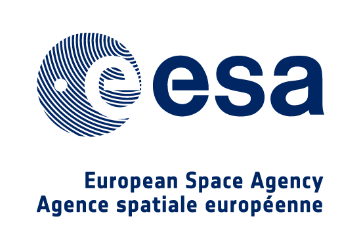Description
The next generation of Ka-satellites and high altitude platforms (HAPs) have the potential to boost the market of small user terminals for mobile broadband applications. This anticipates the need for compact, low-profile and low-cost antennas appropriate for mass market production. High gain is required for the link budget, with beam agility to maintain the link on-the-move. Traditional approaches for beam steering are based on electronic steering, mechanical steering or hybrid solutions. There is a trade-off among these antenna solutions in terms of complexity, size, performance and cost. Purely mechanical steering solutions promise very low cost antennas, while competing in terms of performance. One of the downsides of mechanical approach tends to be the antenna volume and mechanical complexity.
The focus of this project is on the fully mechanical beam steering user terminal antenna solutions with the goal to find and demonstrate new ways to counter the above volume and complexity factors while keeping the performance in terms of high gain, wide-angle elevation beam scanning for full 360º azimuth and circular polarization. The project proposes a new concept of mechanically steered Ka-band antenna based on a planar metamaterial lens that scans the beam just with in-plane lens translation with a fixed single feed (or mixed translation of the lens and a single feed). This favours antenna low profile and light weight. It is a single aperture antenna that operates simultaneously in the downlink and uplink bands in circular polarization.
The project main challenges, which were accomplished, are finding the appropriate planar lens type and design, finding a way to lower the F/D without sacrificing significantly the scanning performance, finding the appropriate phase delay cell configuration, its design and cell planning methodology, developing a viable simulation strategy compatible with the size and complexity of the electromagnetic numerical model, developing a viable antenna fabrication technology and finally demonstrating all the above with fabricated prototypes and measurements at Ka-band.

